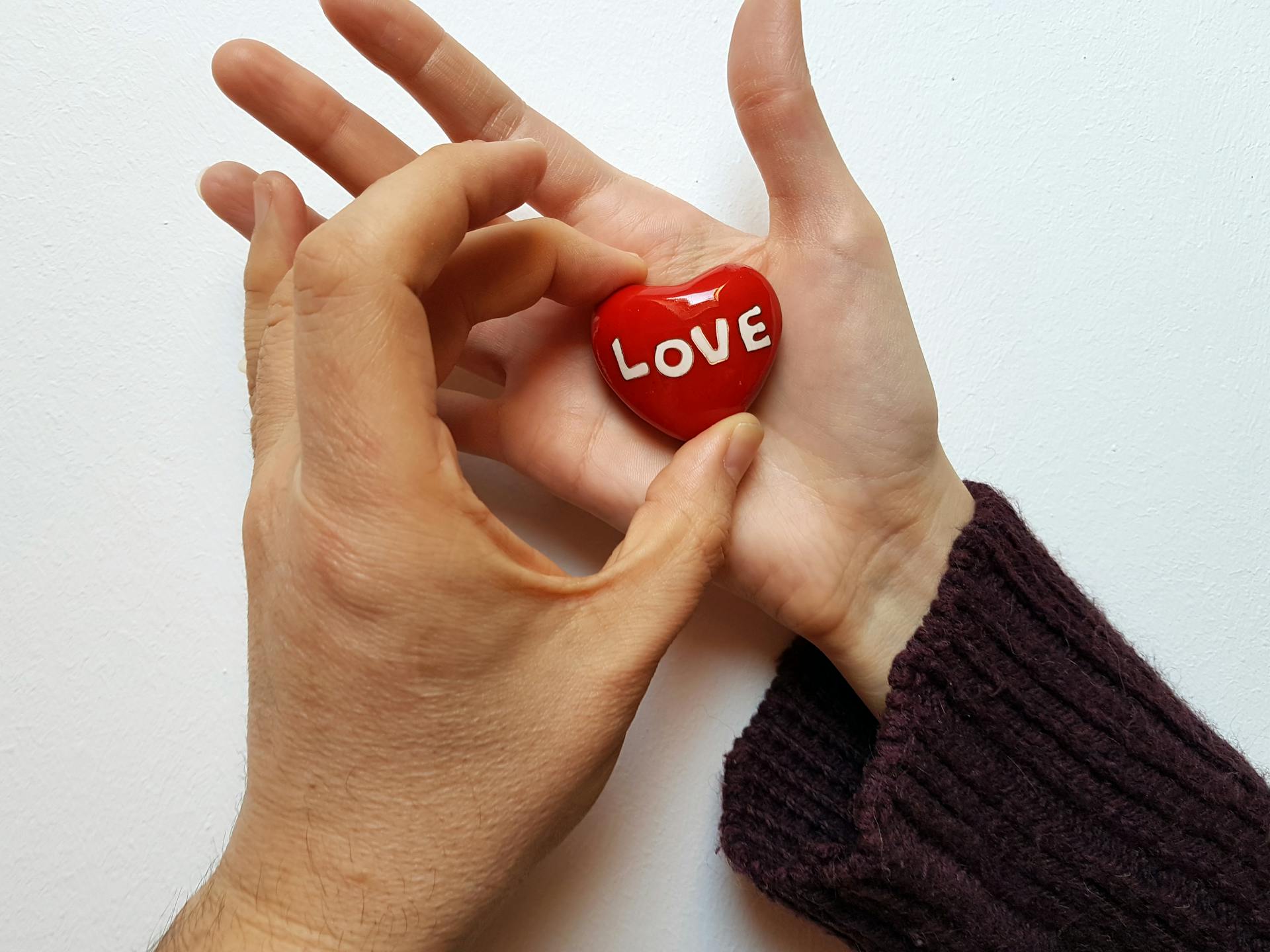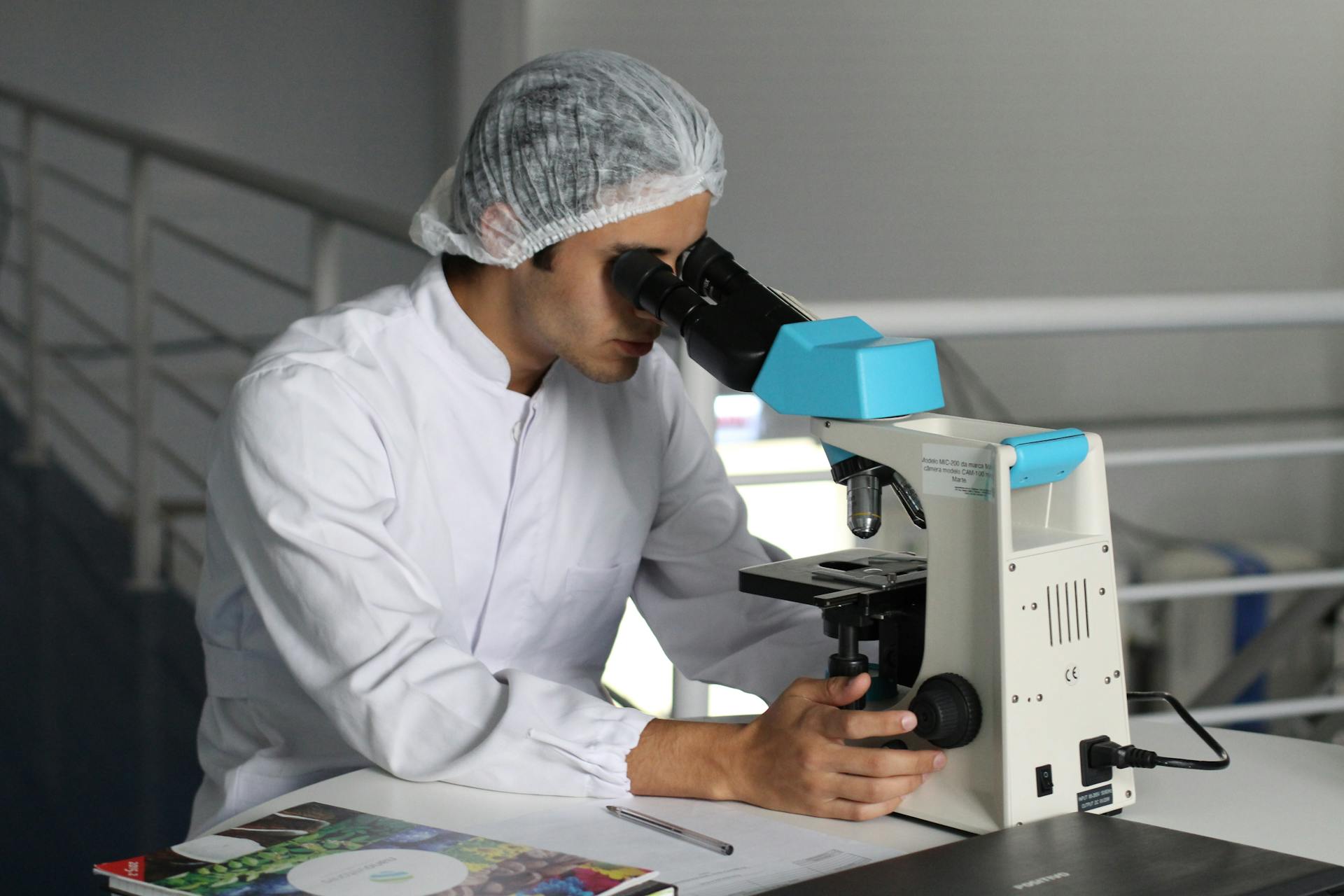
Red dots on skin can be a cause for concern, especially if they appear suddenly or in large numbers. These small, red blemishes can be caused by a variety of factors including infections, allergic reactions, and even certain medications. While some red dots may require at-home treatment options, others may warrant medical attention.
If you notice red dots on your skin, it is important to determine the cause before attempting any over-the-counter (OTC) treatment. In some cases, these blemishes may be harmless and only require basic care such as keeping the area clean and dry. However, if the red dots are accompanied by other symptoms such as fever, pain or itching, it may be necessary to seek emergency medical attention. Various treatment options are available depending on the underlying cause of the red dots on your skin.
Red Dots on Your Skin: Why You Should Seek Emergency Help

Skin rashes come in all sizes, colors, and forms. Some are harmless and can be treated at home with over-the-counter medications, while others require emergency medical treatment. If you notice small red dots on your skin that are spreading rapidly or covering your entire body, it's important to seek medical attention right away.
If you have open wounds, difficulty breathing or speaking, a stiff neck, light sensitivity, or redness around the face and eyes inside of the mouth, throat or nose, it's crucial to get help quickly. These symptoms may indicate a severe allergic reaction or infection that requires immediate attention from a healthcare professional.
While some skin rashes can be treated by your primary care provider or board-certified dermatologist, others require emergency care. Don't take any chances when it comes to your health – if you notice red dots on your skin that are causing concern, seek medical attention right away. It's always better to be safe than sorry!
What is Ringworm Tinea Corporis and How to Treat It
Red spots on the skin can be a sign of many different conditions, including ringworm tinea corporis. This is a very common fungal skin infection that causes a red blotchy circular rash with raised edges. In some cases, it may also cause peeling skin.
Ringworm is highly contagious and can be spread through skin-to-skin contact or by touching contaminated objects or surfaces (such as pets). To diagnose ringworm, your doctor may perform a physical exam and look for graphic signs of the infection.
Fortunately, ringworm can usually be treated easily with over-the-counter (OTC) or prescription antifungal cream. It's important to follow the instructions carefully and continue using the cream for the full recommended length of time. If the infection is severe or doesn't respond to topical treatment, your doctor may prescribe an oral antifungal drug. With proper treatment, ringworm can be cured and the symptoms will go away.
Knowing the Right Time to Seek Medical Help

When red dots on the skin appear, it can be alarming. If a person suspects that these dots are more than just a minor issue, they should seek medical attention immediately. At-home treatments like creams and ointments may not always be enough to address the underlying cause of the problem.
If the skin rash is accompanied by severe headache, neck pain or joint pain, it may be a sign of a more serious condition. Difficulty breathing or frequent vomiting can also indicate that something is wrong with your body. In such cases, seeking medical help is crucial to prevent any complications.
Ultimately, knowing when to seek medical attention for red dots on the skin is important for maintaining overall health and wellness. While at-home remedies can sometimes provide temporary relief, they may not always address the root cause of the problem. If you suspect that there's something more going on with your body, don't hesitate to make an appointment with your doctor today.
Discovering the Mysterious Condition: Blood Spots Purpura

Red spots on skin can be a cause for concern, especially when they are blood spots purpura. These purple-colored spots may appear as small dots or large patches purpura and are caused by bleeding under the skin. This happens when small blood vessels burst, causing blood pools to form beneath the skin's surface.
If you find graphic images of blood spots on the internet, it is important to understand that this medical condition is not always a cause for alarm. However, if you notice an increase in the number or size of these spots, it may be necessary to consult a doctor. They will perform a physical exam and order blood tests including checking your platelet count since low platelet counts can indicate a blood clotting disorder.
Treatment for blood spots purpura depends on their underlying cause. If it is due to a low platelet count, doctors may recommend purpura intravenous (IV) medications or additional treatment plans designed to increase platelet production in the body. Remember, early detection and treatment can help prevent complications associated with this medical condition.
Discover Surprising Reasons for Red Dots on Your Skin
Red dots on the skin can have several causes, and not all of them are cause for concern. Some red dots may be harmless while others may indicate a more serious condition. One of the most common reasons for red dots on the skin is petechiae.
Petechiae include tiny red dots that appear on the skin and are caused by broken blood vessels underneath. This condition often occurs without any noticeable symptoms, but it could also be due to an underlying medical condition. Other reasons why you might produce dots on your skin include bug bites or heat rash.
Skin irritation similar to petechiae can also be caused by allergies or exposure to irritants such as certain chemicals in skincare products or detergents. If you notice red dots appearing frequently, especially if they are accompanied by other symptoms such as itching or swelling, it's important to consult with a healthcare professional to rule out any underlying conditions that could be causing them.
What You Need to Know About Atopic Dermatitis Eczema
Atopic dermatitis eczema is a common skin disorder that can cause red itchy scaly rashes on various parts of the body including skin folds, elbows, neck, wrists, ears and even feet toes. If you notice red spots on your skin or have chronic skin conditions, it's important to consider atopic dermatitis as a possible culprit. To find graphic examples of this condition, consult with a healthcare professional who can perform a physical exam.
The treatment for atopic dermatitis includes topical steroid creams, antihistamines and in severe cases experts may recommend keeping oral steroids on hand to reduce flare-ups. It's also important to take steps to prevent flare-ups by avoiding triggers such as long showers and harsh soaps. By monitoring your symptoms closely and working with your doctor you can manage this condition effectively.
If you or someone you know has eczema notice redness or other symptoms associated with atopic dermatitis eczema seek medical attention immediately. With proper treatment and care this condition can be managed effectively allowing individuals to live their lives without constant discomfort or embarrassment from chronic outbreaks of red itchy scaly rashes.
Expert Advice: Knowing When to Seek a Healthcare Provider
Knowing when to seek medical care for red spots on your skin can be tricky. While many cases of red spots are harmless, it's important to be aware of the general red flag symptoms that may indicate an underlying condition. If you notice any of these symptoms in addition to your red spots, it's definitely time to seek medical attention.
Some general red flag symptoms that warrant a visit with a healthcare provider include trouble breathing, severe pain, or pus oozing from the spots. Additionally, if you have a medical history that includes autoimmune disorders or other chronic illnesses, it's especially important to see a doctor if you develop new skin issues like red spots. Even if you don't experience any additional symptoms beyond the spots themselves, it's always better to err on the side of caution and have them examined by a professional.
Finally, remember that not all cases of red spots on the skin require immediate attention from a healthcare provider. Some common causes of these spots include acne, insect bites, and reactions to certain medications. However, if your spots persist for more than a few days or become increasingly painful or inflamed over time, it's time to make an appointment with your doctor. With proper care and attention, most cases of red spots on the skin can be treated effectively and without complications.
Discover the Irritating Truth About Swimmer's Itch
Are you experiencing red spots on your skin that itch like crazy? You might have swimmer's itch, also known as cercarial dermatitis. This is an itchy bumpy red rash that develops after swimming in freshwater or saltwater habitats contaminated with certain parasites.
If you want to know more about this condition and see a graphic representation of how it affects the skin, keep reading. Swimmer's itch is caused by tiny parasites called schistosomes that live in snails and are released into the water. When they come into contact with human skin, they burrow inside and cause an allergic reaction.
The good news is that swimmer's itch usually goes away on its own within a week or two. However, if you're looking for relief from the itching, there are some treatments available. You can use topical steroids to reduce inflammation or take oral antihistamines to alleviate itching. In any case, try to avoid swimming in contaminated water and be sure to dry off quickly and thoroughly after getting out of the water.
Frequently Asked Questions
Why do red dots appear on skin?
Red dots on the skin can be caused by a variety of reasons, including allergies, infections, or even genetics. It's important to consult with a healthcare provider to determine the underlying cause and appropriate treatment options.
Why do I have red dots on my face?
Red dots on your face could be due to various reasons such as acne, allergic reactions, rosacea, or sun damage. It's important to identify the underlying cause and seek appropriate treatment for clearer skin.
What causes red spots without itching?
Red spots without itching can be caused by a variety of things including allergic reactions, sunburn, and viral infections such as chickenpox or measles. It is best to see a doctor if the red spots persist or worsen.
What does virus cause small red dots?
A virus can cause small red dots on the skin due to an immune response or a rash. However, it is important to consult a medical professional for proper diagnosis and treatment.
When should I be worried about petechiae?
You should be worried about petechiae if they appear suddenly and are accompanied by other symptoms such as fever, fatigue, or bruising. It is important to seek medical attention to rule out underlying health issues.
Featured Images: pexels.com


